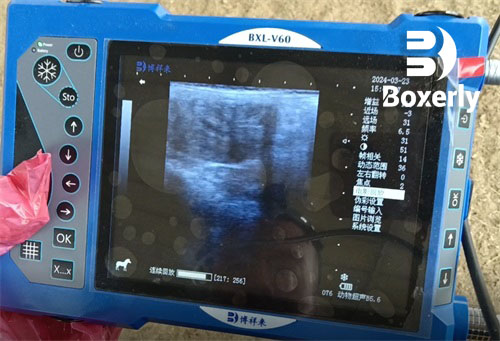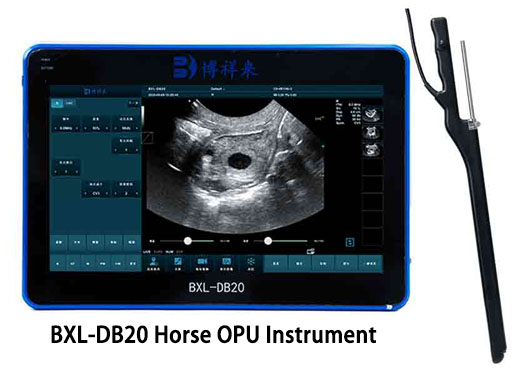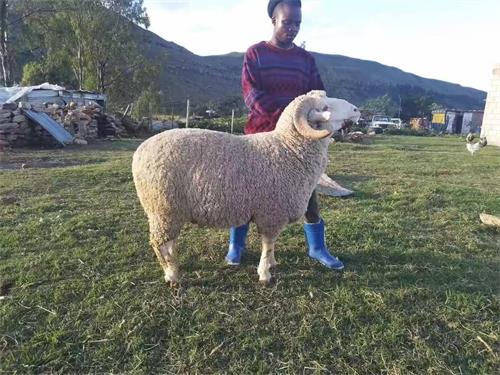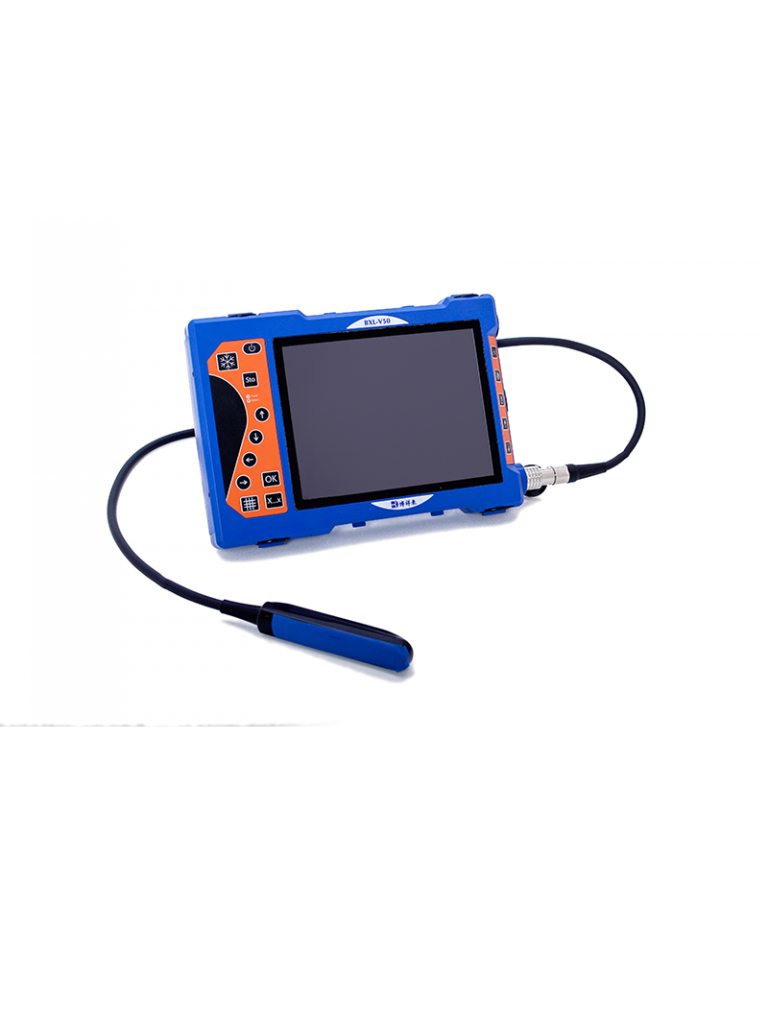Can a Horse Have a Negative Ultrasound and Still Be Pregnant
When managing a successful breeding program, especially for high-value mares, accurate pregnancy detection is vital. One of the most common questions among horse breeders is: can a horse have a negative ultrasound and still be pregnant? The straightforward answer is no—if the ultrasound is performed correctly and at the appropriate time by a trained veterinarian, the result is definitive.

The Role of Ultrasound in Equine Reproduction
Ultrasound is the gold standard in equine pregnancy diagnosis. It allows veterinarians to visualize the uterus, detect the presence of an embryo, and monitor fetal development over time. Typically, a mare is scanned for pregnancy between 14 to 16 days post-ovulation. At this stage, the embryonic vesicle is clearly visible and distinguishable from other intrauterine structures. Follow-up ultrasounds are often performed at 25-30 days to confirm the presence of a heartbeat and again at around 45 days to monitor ongoing development.
Unlike hormone-based pregnancy tests, which can occasionally yield false positives or negatives due to hormonal fluctuations, ultrasound provides real-time visualization. As such, a properly conducted ultrasound leaves very little room for error. In fact, in veterinary practice, a negative ultrasound conducted by an experienced practitioner after day 16 of gestation is considered conclusive proof that the mare is not pregnant.

Factors That Could Lead to Misdiagnosis
While the technology itself is extremely accurate, there are rare cases where human or procedural error could result in an incorrect reading. These include:
-
Early Scanning (Before Day 10): If a scan is done too early post-ovulation, the embryonic vesicle might be too small to detect.
-
Poor Technique or Inadequate Equipment: Low-resolution equipment or insufficient training can hinder accurate diagnosis.
-
Embryonic Loss: A mare might have conceived but suffered embryonic loss before the scan, leading to a negative result.
-
Uterine Abnormalities: In rare instances, fluid accumulations or cysts can be mistaken for pregnancy or vice versa.
Even considering these scenarios, a negative ultrasound at the proper gestational window by a competent veterinarian with modern equipment is highly reliable. It’s crucial for breeders to work closely with experienced reproductive vets who understand the nuances of equine gestation.
The Importance of Accurate Reproductive Monitoring in Breeding Programs
For performance mares or valuable breeding stock, each reproductive cycle counts. Missing a pregnancy or misdiagnosing a non-pregnant mare can result in significant time and financial losses. Proper tracking of ovulation, estrus cycles, and early pregnancy diagnosis ensures that breeders can make timely decisions, such as rebreeding a non-pregnant mare or adjusting nutrition and management protocols for pregnant ones.
Additionally, understanding terms like “days open” (the number of days a mare is not pregnant between two pregnancies) is essential for maximizing reproductive efficiency. Long open periods reduce the lifetime productivity of a mare, especially in commercial breeding operations. Therefore, early and accurate detection of pregnancy is not just a matter of curiosity—it’s a cornerstone of effective herd management.

The Rise of OPU in Equine Reproduction
In recent years, reproductive technologies such as OPU (Ovum Pick-Up) and ICSI (Intracytoplasmic Sperm Injection) have revolutionized equine breeding, especially in the sport horse and elite performance sectors. OPU involves aspirating oocytes (eggs) from a mare’s ovaries using a transvaginal ultrasound-guided probe. These oocytes are then fertilized in a lab via ICSI and the resulting embryos are transferred into recipient mares.
OPU is particularly valuable for mares that are unable to carry pregnancies to term, are actively competing, or are of advanced age. It also allows breeders to obtain multiple embryos from a single cycle, dramatically increasing genetic output from high-value animals.
BXL’s Horse-Specific OPU Equipment: Advancing Precision and Safety
One of the key advancements enabling the success of OPU is the development of specialized equipment. BXL’s equine-specific OPU system stands out for its precision, safety, and usability in field conditions. Designed specifically for the anatomical needs of mares, this system features:
-
High-Resolution Imaging: Enables clear visualization of ovarian follicles and minimizes the risk of complications during aspiration.
-
Ergonomic and Durable Build: Built for repeated use under real-world farm conditions, ensuring reliability and consistency.
-
Optimized Needle Guides and Collection Lines: Tailored for equine physiology, improving oocyte recovery rates while minimizing trauma to the ovaries.
-
User-Friendly Interface: Allows for seamless integration with veterinary workflows and supports efficient data tracking for breeders and reproductive specialists.
By using BXL’s equipment, practitioners can achieve higher oocyte retrieval success, reduce the number of cycles needed, and enhance the overall success rate of ICSI programs. This translates into better outcomes for breeders, veterinarians, and, most importantly, the mares.

Conclusion: Accurate Diagnosis and Innovative Tools Lead to Breeding Success
In summary, a correctly performed ultrasound provides highly accurate pregnancy results in mares. While exceptions due to early scanning or embryonic loss exist, they are rare in well-managed breeding environments. With the added power of advanced reproductive technologies such as OPU, especially when using high-quality, equine-specific tools like those developed by BXL, breeders now have more control than ever over the reproductive performance of their mares. Precision diagnostics combined with modern breeding tools are shaping the future of equine reproduction—one cycle at a time.






Hola, leí el artículo sobre los resultados negativos en ultrasonidos de yeguas embarazadas. Me interesa saber si este tipo de situación es común en caballos aquí en Ecuador, especialmente en zonas como la Sierra. ¿Pueden compartir más casos reales o experiencias locales? Gracias por la info.
Thank you, your article surprised me, there is such an excellent point of view. Thank you for sharing, I learned a lot.